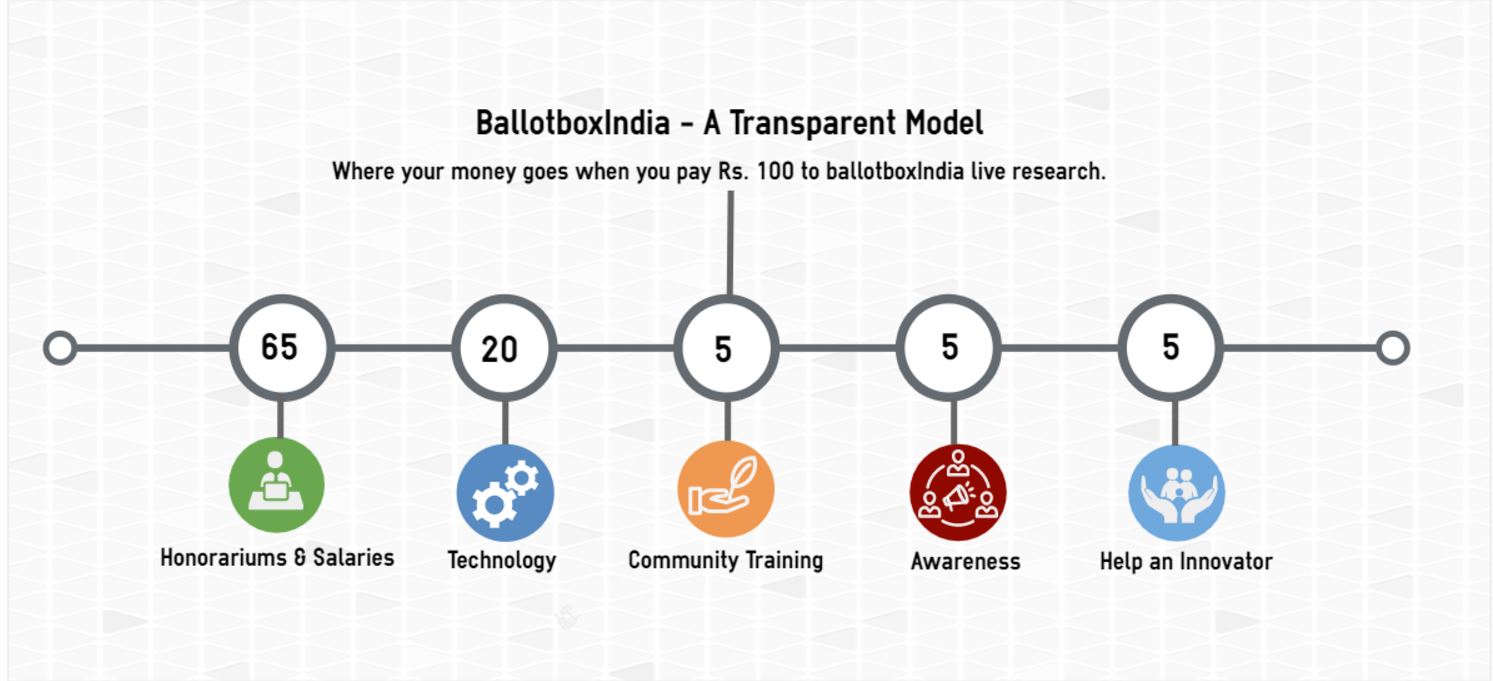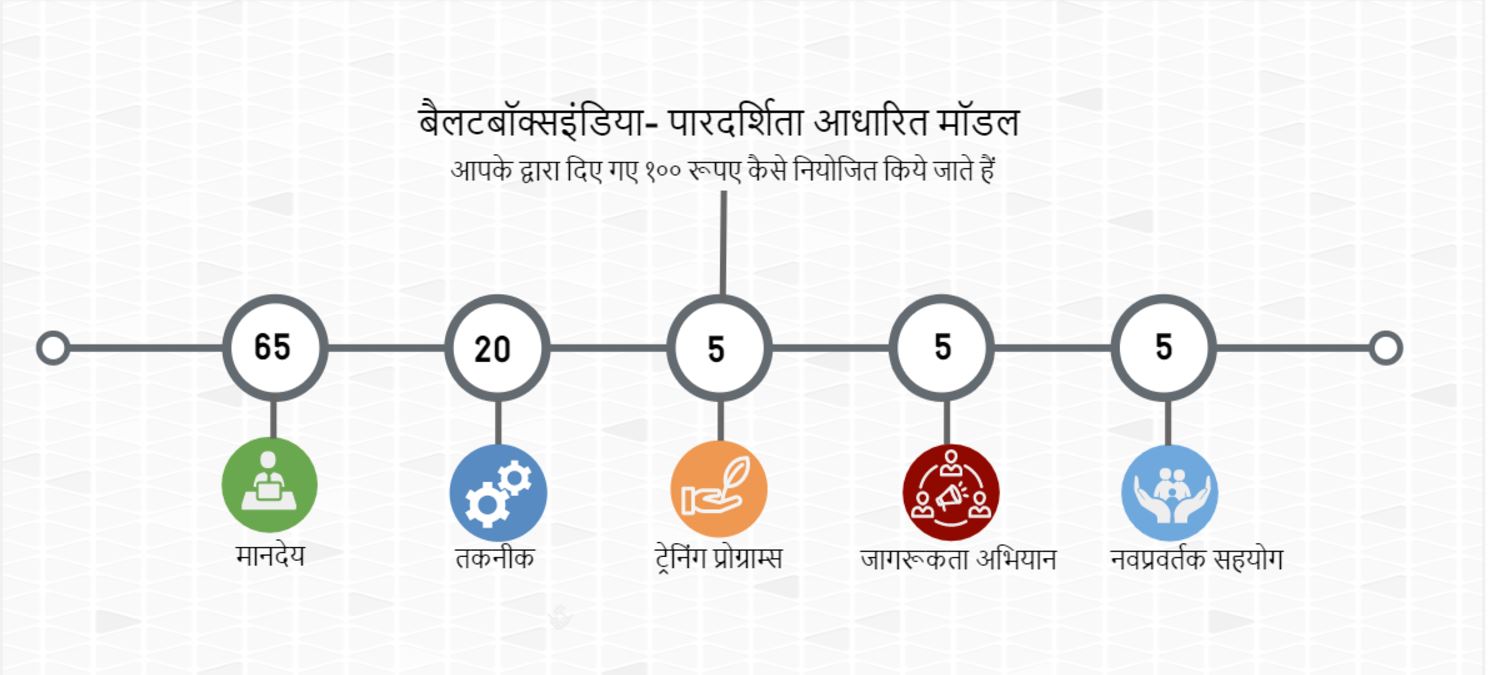Goal:
To stop the burning practice of sugarcane leaves and paddy waste and instead provide the farmers with rich organic manure for improvement in field soil, human health and environment.
Objectives:
The project aims to have the following objectives:
· To stop emission of CO2 into the atmosphere from burning of sugarcane leaves and paddy waste.
· To establish the LR compost pit as the model between the farmers of this region growing sugarcane and rice.
· To provide the farmers with a technique to produce a rich quality of manure through this pilot project.
· To improve the soil quality and aid in the financial upliftment of the farmers.
· To generate interest of the farmers in the farming techniques.
· Act as an innovative model in a high agriculture productive area.
· To scale up the pilot into a large scale program in partnership with communities and different stakeholders.
Outputs:
Community mobilization and institution building for established LR Compost.
· Selection of area, block, villages, and households.
· Participatory rural appraisals in villages establishing the selection of farmers.
· Selection and training local community organizers for management/operations of the LR compost.
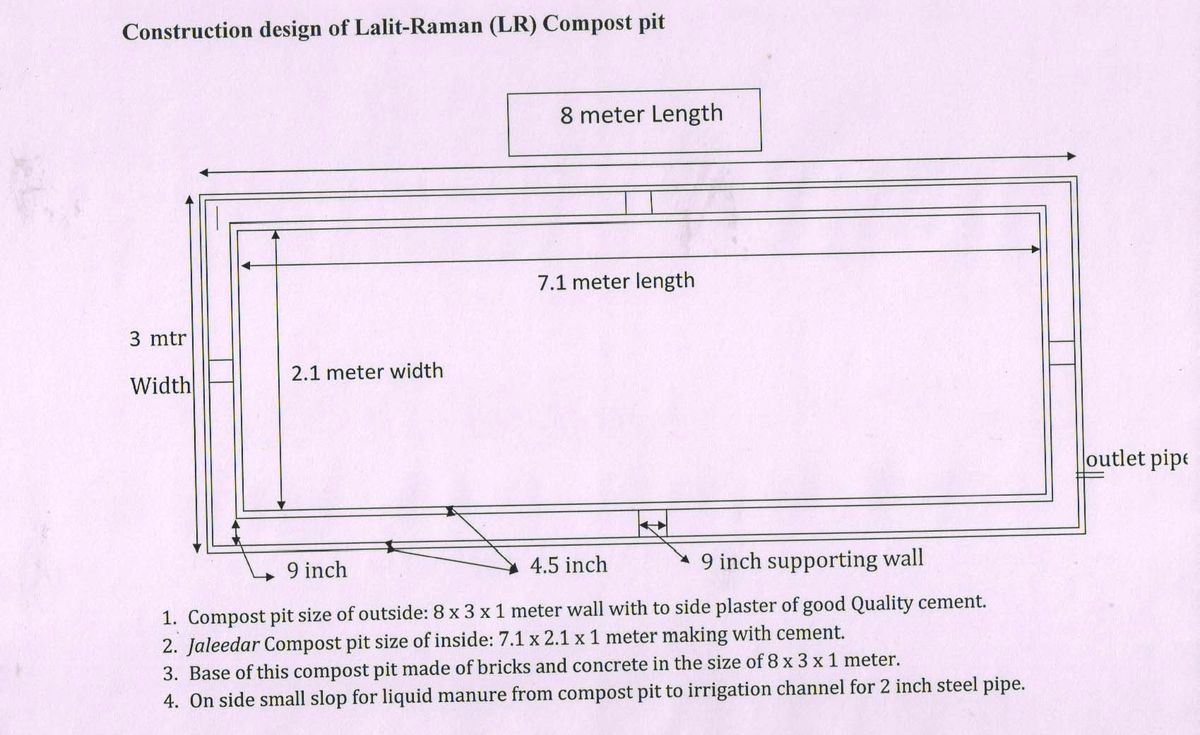
Construction LR compost pits
· To get the farmers to share the cost of their pits.
· To guide the farmers in the construction design of the pits.
· To visit the pits time to time to check the ongoing work.
· To train the farmers on the maintenance of the pits, as and when required.
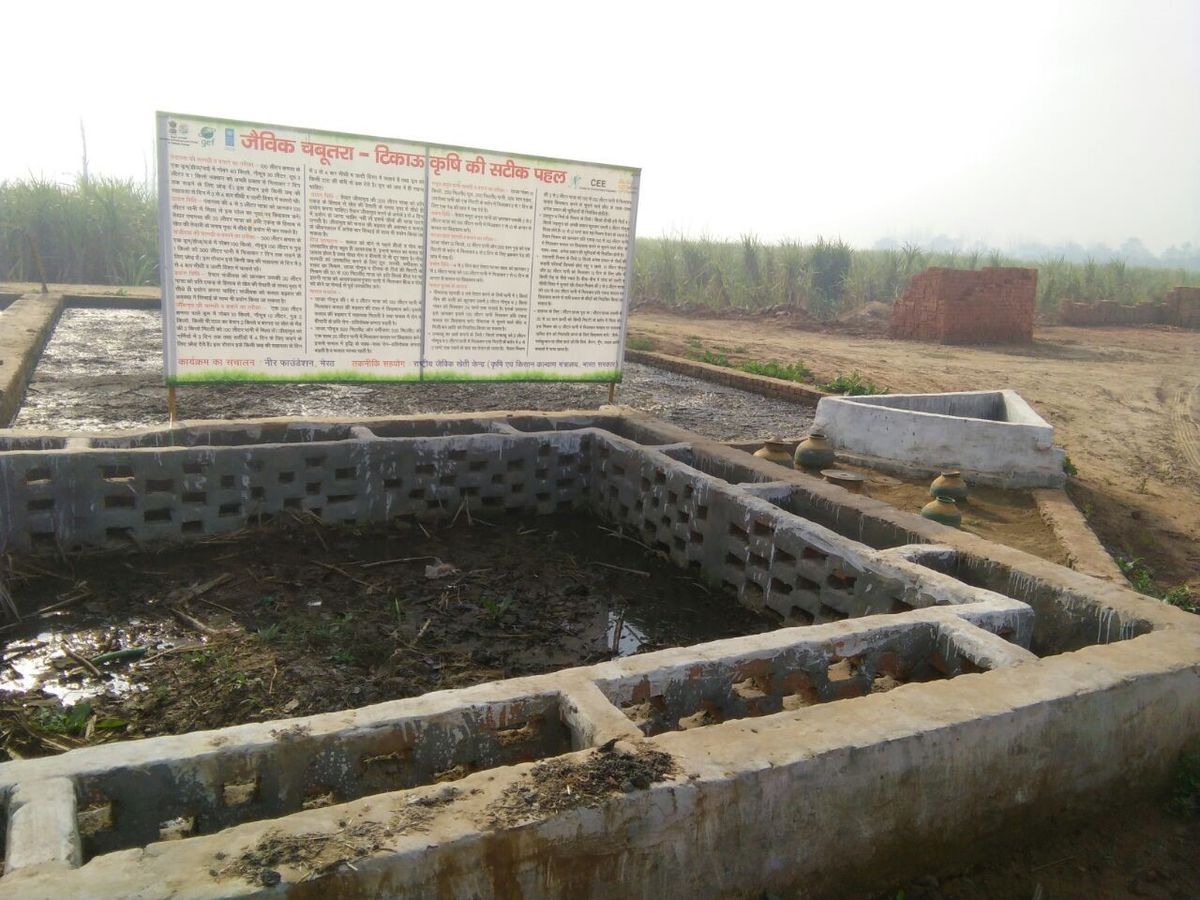
L R compost pit established.
· This would put a check on the practice of burning sugarcane leaves by the farming community of the region. This, in turn, would put a stop to CO2 emission.
· One pit would produce best quality compost sufficient for the one-acre farm.
· Promotion of organic farming and usage of organic compost by the farmers instead of chemical inputs.
· Pest control management would be ensured.
Details of LR Compost pits –
Size of the Pit
· Outer dimensions: 8 x 3 x 1 meter (24 sqm)
· Inner dimensions: 7.1 x 2.1 x 1 meter (14.91 sqm)
Ingredients used in filling the LR compost pit:
· Sugarcane leaves / Paddy waste and green grass (before seedlings come) – 15 quintals
· Cow dung – 15 quintals
· Field soil – 05 quintal
· Water – 10,000 liters (2500 liters after every ten days)
One time cost of ingredients required to fill the pit:
· Sugarcane leaves / Paddy waste and green grass (before seedlings come) –
15 x 10 = Rs.1500
· Cow dung – 15 x 10 = Rs.1500
· Field soil – 5 x 100 = Rs. 500
· Water – 10,000 liters (2500 liters after every ten days)
· Labour – 2 labour for 2 days (2 x 2 x 300) = Rs. 1200
Total = Rs. 4700
The quantity of manure ready in the pit after the four-month period:
· Solid manure: 25 quintals
· Liquid manure: 8,000 liters ( 2,000 liters after every month, for 4 months)
Ø Required quantity of manure for one acre (4000 sqm) of land for one year: 80 quintals.
Ø Available quantity of sugarcane leaves or paddy waste from one acre (4000 sqm) of land: Nearly 30 quintals (30,000 kilos)
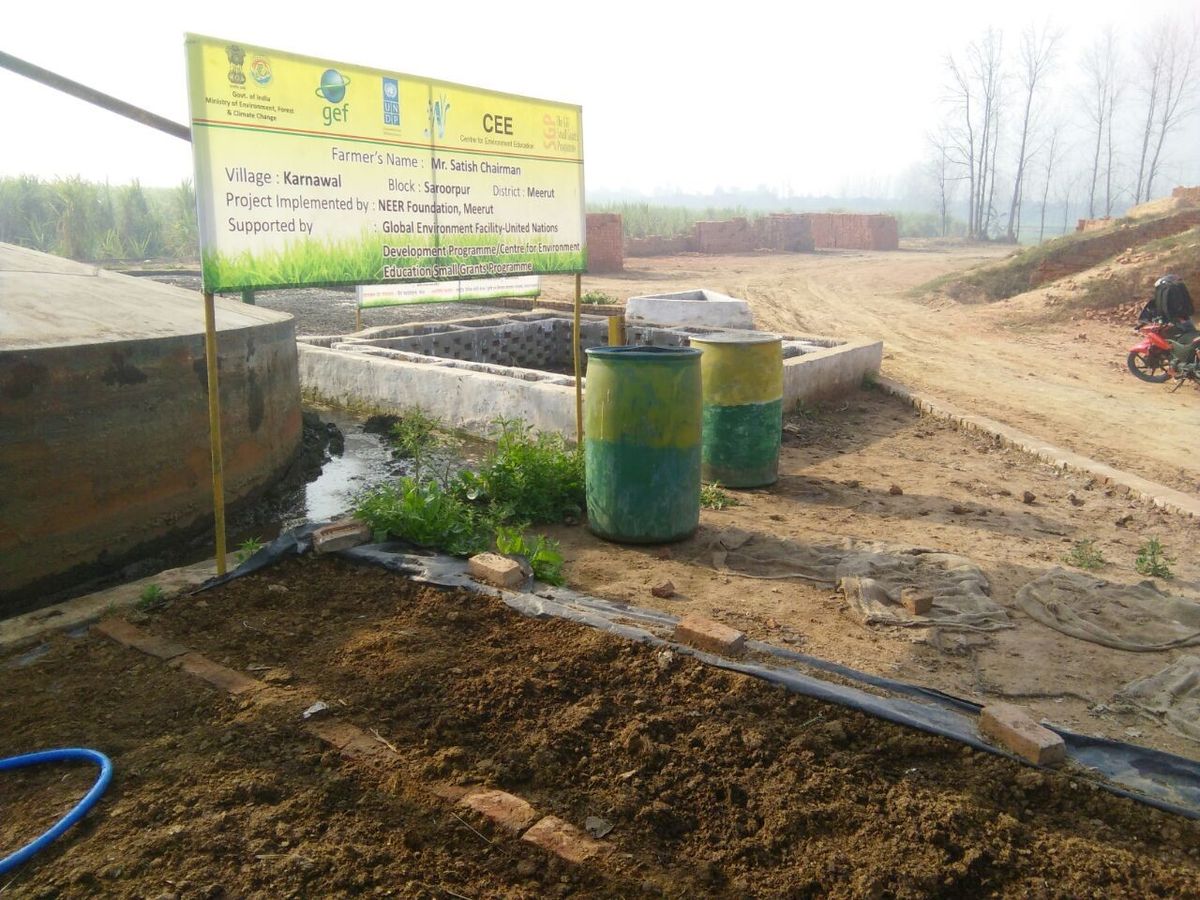
Method of filling the LR compost pit: To fill the pit, one requires cow dung, sugar cane leaves/paddy waste, green grass, and field soil. By spreading every content in 4-inch thick player one by one, repeating till the height is nearly one meter. Now it is to be filled with water. It will require 2 days time to fill the pit completely. Due to the large size of the pit, it can be easily filled and the after the solid manure is ready, it can be easily taken out of the pit for usage. The liquid manure can be given along with irrigation water in every 20 days time and can also be sprayed on the crops.
Key Risks :
The project is first of its kind in the region it is being proposed for. The technology is new to the region and will take some time for acceptance. Hence, there are no risks involved in the project at this stage.
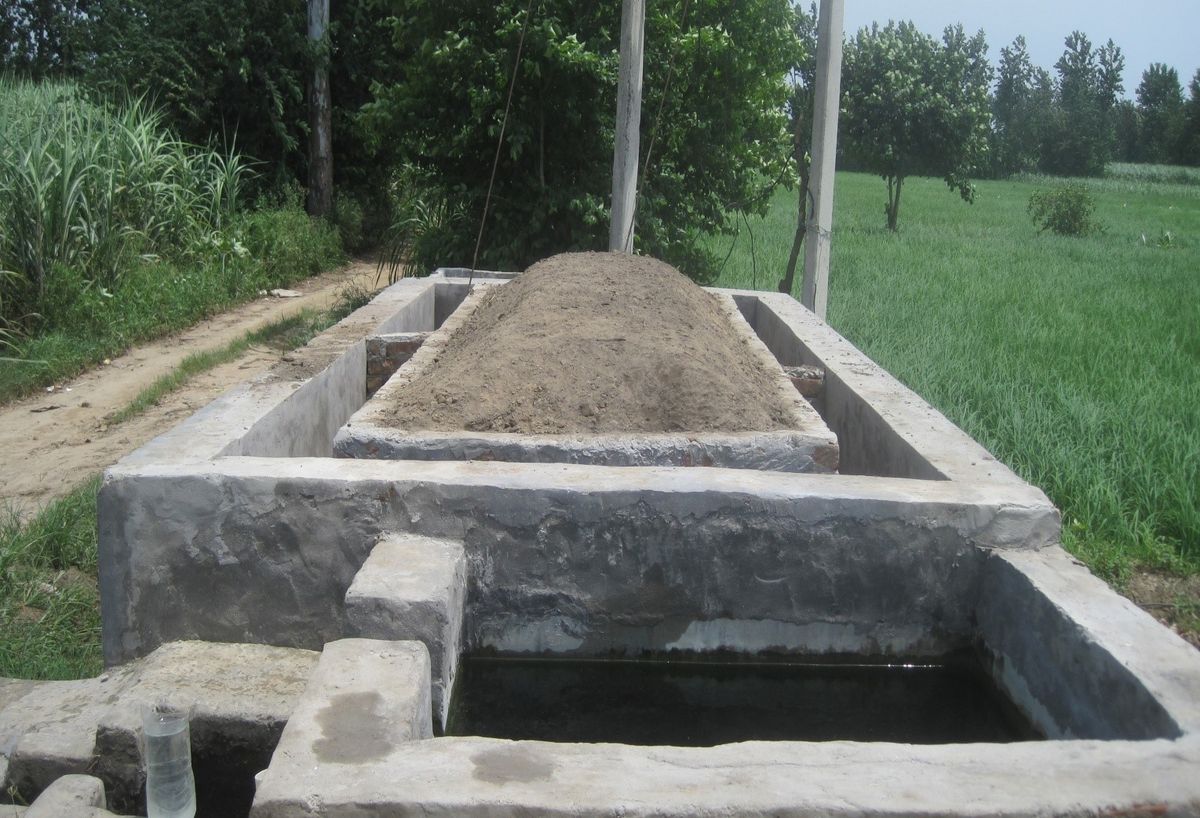
Justification:
This composting pit technique has been designed especially for fulfilling the manure needs of local farmers, available agriculture waste, and environment preservation. The farmer’s growing need of compost manure for agricultural use was felt in this region and also the percentage of organic carbon present in soil has degraded to just 0.3% which is quite less than the necessary quantity. Therefore, the need for composting in large quantities has arisen. Hence, NEER Foundation has tried to acknowledge the reasons which have discouraged the farmers from composting. They are-
1. Less number of animals owned by farmers.
2. Farmers have to hire labor for composting which is expensive.
3. There is lack of information about quality compost techniques among farmers.
In lieu of above reasons, the member of the foundation, Mr. Lalit Kumar, and Mr. Raman Kant has developed a composting technique by which a farmer can produce qualitative compost in less time. Also, this composting technique will promote environmental preservation. In this region, almost 70% of the available agricultural land is used for growing sugarcane, which leads to burning of large quantities of sugarcane leaves to clear the lands. This creates environmental pollution of high levels. Through the new technique of composting, this pollution can be majorly reduced.
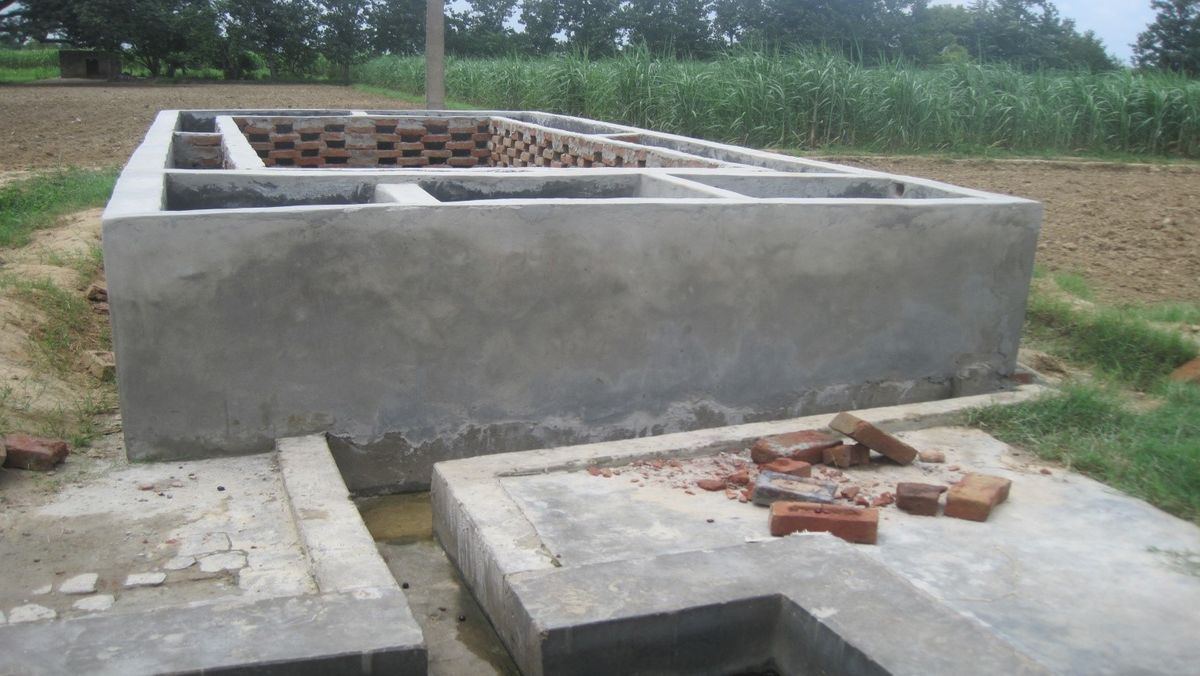
The pit can easily sustain for over two decades, i.e. 20-25 years with easy maintenance. It can contain leaves of one-acre land to produce manure for one care of land only. In this method, where there is no release of greenhouse gases in the air, and no burning of the natural nutrients present in the soil. It also helps save the expenses of buying chemicals as natural compost is ready for the fields which not only helped save money for the farmer but also increase the soil quality and its growing power. It indirectly helps in conservation of environment and groundwater as the fields using natural manure require less water for irrigation. Also, the groundwater is saved from chemical substances entering the water table through crop fields and the environment is saved too. It directly results in healthy crops which do not aide in diseases and helps in saving money. The organization is promoting this technique as it is helpful in climate change.
Examples:
1. Due to a large size of the pit, it can be easily filled and the after the solid manure is ready, it can be easily taken out of the pit for usage. The liquid manure can be given along with irrigation water in every 20 days time and can also be sprayed on the crops.
2. To fill the LR compost pit for one year, biomass is required from one care of land (4,000 sqm) hence one can get 75 quintals of good quality solid manure and 24,000 liters liquid manure from the pit in one year. Alongside, one puts an end to releasing 45,000 kg of CO2 in the environment.
3. Therefore, by establishing 50 pits at 50 different farmer’s fields in Meerut, 3,750 quintals of solid and 12,00,000 liters of liquid manure will be produced, and 22,50,000 kg of CO2 will stop from entering into the environment.
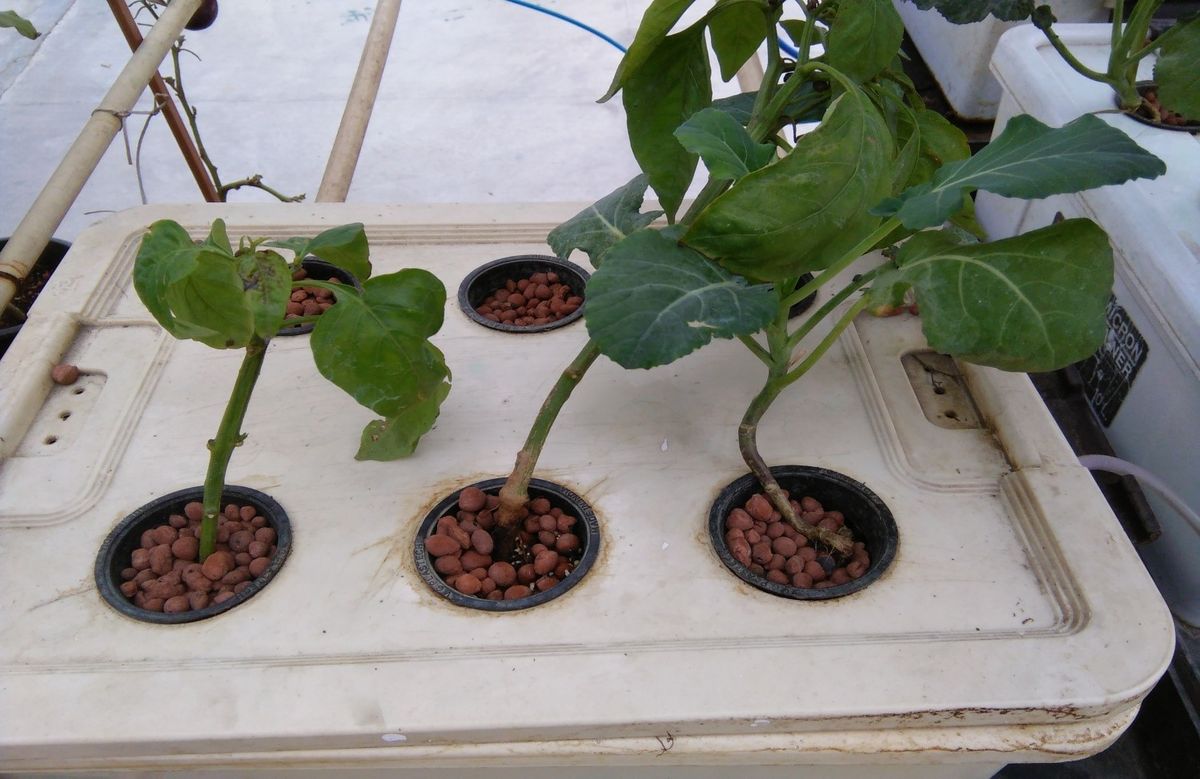
National and Global Environment Impact of the project:
To fill the LR compost pit for one year, biomass is required from one care of land (4,000 sqm), hence one can get 75 quintals of good quality solid manure and 24,000 liters liquid manure from the pit in one year. Alongside, one puts an end to releasing 45,000 kilos of CO2 into the environment every year.
The quantity of Carbon dioxide (CO2 ) released during the burning of biomass:
· From burning of one kilogram of sugarcane leaves/paddy waste/other biomass: 1.5 kg CO2
· Biomass of one acre of land (4,000 sqm) in one year period (30,000 kilograms ) when burnt: 30,000 x 1.5 = 45,000 kg CO2
· Biomass of one acre of land (4,000 sqm) in two year period (60,000 kilograms ) when burnt: 60,000 x 1.5 = 90,000 kg CO2
Sustainability of the project activities:
Once the LR compost pits are established and filled, they do not need high maintenance as they can be easily used by the farmer for making manure. Every year, the farmer can make the solid manure for three times using the pit alongside liquid manure numerous times. This would be an asset for the farmers. Once the project gets over, the community would sustain the deliverables of the project.
According to scientific view, manure made from cow dung and other natural sources when used in field soil, usually take around 3 years’ time to fully dissolve. Only 30-35 % of the particles of this manure dissolve in the field in the first year. Even in the second year about the same percentage is dissolved again. Finally, in the third year, it dissolves fully. This property of this manure makes it more stable in the field. Keeping this in view, to obtain best results from the LR compost pit technique, it is required to conduct research for 3 years’ time.
Scientific and Technical Content:
Technical assistance on the construction and establishment of the compost pit will be given by the project team to the farmer. Time to time guidance will be provided alongside field trips to check on the construction and help the farmer fill the pit in right manner and understand all its ways well.
Ø To fill the LR compost pit for one year, biomass is required from one care of land (4,000 sqm) hence one can get 75 quintals of good quality solid manure and 24,000 liquid manure from the pit in one year. Alongside, one puts an end to releasing 45,000 kilos of CO2 in the environment.
Ø Therefore, by establishing 50 pits at 50 different farmer’s fields in Meerut, 3,750 quintals of solid and 12,00,000 liters of liquid manure will be produced, and 22,50,000 kilos of CO2 will stop from entering into the environment.
Impacts:
• Reduction in Co2 emission.
• High and better quality agriculture production.
• Integrated farming systems approach.
• Authentic firsthand information through field researches.
• Decreased cost of inputs and increased income for the farmers.
Case study of Amar Singh
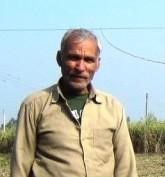
wheat, rice, sugarcane, turmeric, etc.
He took up LR composting technique to turn the waste leaves and animal waste to better use. He found the method very interesting and easy to make. Now, he has used the compost in his fields and has found the manure to be rich in nutrients. He seems very satisfied with this initiative.
B. Case study of Premchandra Sharma
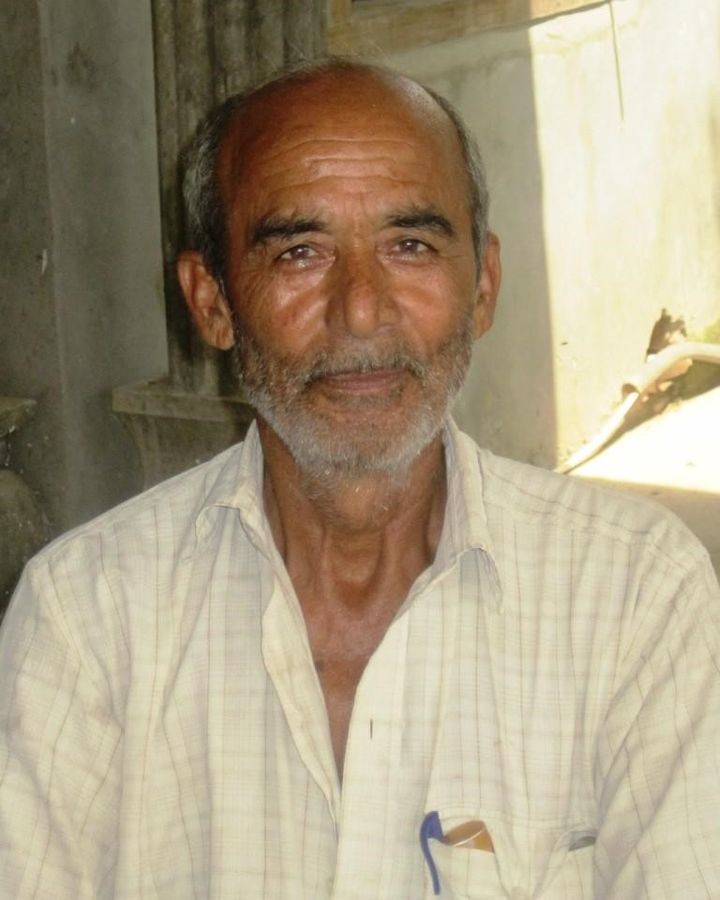
After 45 days, he used the extracted liquid manure from the pit in his field of organic wheat crops while irrigation. After ten days he filled the pit with water and again extracted liquid manure in another 45 days time. According to him, there has been an improvement in the color of the crops and the crops are free of any disease or insects. Then he stopped filling water in the pit so the solid manure gets ready sooner.He thinks that the manure is similar to vermicompost but increased moisture levels. Also the decomposing happens easily without much manual efforts on the part of the farmer. This technique can also be practiced with less quantity of cow dung, which is a problem among the farming community these days.
Mr. Vinay Kumar has built an LR Compost pit near the tube well in his field. In ten days time, the pit was filled in layers with agricultural waste/biomass and cow dung and then covered with a layer of field soil and water. He has used the extracted liquid manure twice on his rice field from this pit after every 45 days,
When he had used this liquid manure for the first time
on his crops, positive results were seen within 3 weeks time. The crops had the be-come greener and were free of pests. The production was increased by 2 quintals this year. Also, he benefitted from the savings of Rs. 1000 per acre, which were earlier spent in buying pesticides and chemicals.
Case study of Mahendra Singh
 Mr. Sanjay Tyagi had put up several questions before taking up the composting technique as he thought that crop farming will not possible without the use of urea, D.A.P., N.P.K., and such chemicals. He
Mr. Sanjay Tyagi had put up several questions before taking up the composting technique as he thought that crop farming will not possible without the use of urea, D.A.P., N.P.K., and such chemicals. He
found compost making through vermin composting technique a complex method and hence never tried it.
After satisfying himself by getting to know all about the techniques, he was ready to make the pit. Now, he feels satisfied by the procedure and recommends to other farmers. He motivated one farmer to take it up who has also built this pit in his fields already.
The farmer found this technique very easy where all material is available easily.
Case study of Ravindra Kumar
 Mr. Ravindra Kumar has been practicing organic ways of farming from last 8 years. He has already tried vermin compost, nadep compost, jeevamrit, vermiwash, haritpani, etc. Along with all the available organic substances in the market.
Mr. Ravindra Kumar has been practicing organic ways of farming from last 8 years. He has already tried vermin compost, nadep compost, jeevamrit, vermiwash, haritpani, etc. Along with all the available organic substances in the market.
He was ready to make the LR compost pit as soon as he heard about it. His pit was soon completed and he filled it with the help of other farmers in just one day itself. He found this
a technique very easy and the manure quite helpful in the fields.
Also, he thinks it‟s a easy way to clear out all the wastage from the fields and use it in making manure instead. He has been active in promoting the LR com-post technique among his community and has approached other sugarcane farmers to stop burning the waste leaves and harming the environment.
Case study of Bablu Singh
 Mr. Bablu Singh was inspired by Mr. Mahendra Singh to make the LR compost pit in his field. He mainly grows sugarcane and also has a “kolhu” to produce jaggery.
Mr. Bablu Singh was inspired by Mr. Mahendra Singh to make the LR compost pit in his field. He mainly grows sugarcane and also has a “kolhu” to produce jaggery.
He found this composting technique very easy to follow and has now stopped burning the sugarcane leaves completely.
According to him, the compost extracted from LR pit is of high quality and meets his needs for the sugarcane fields.
 tag on profile.
tag on profile.
